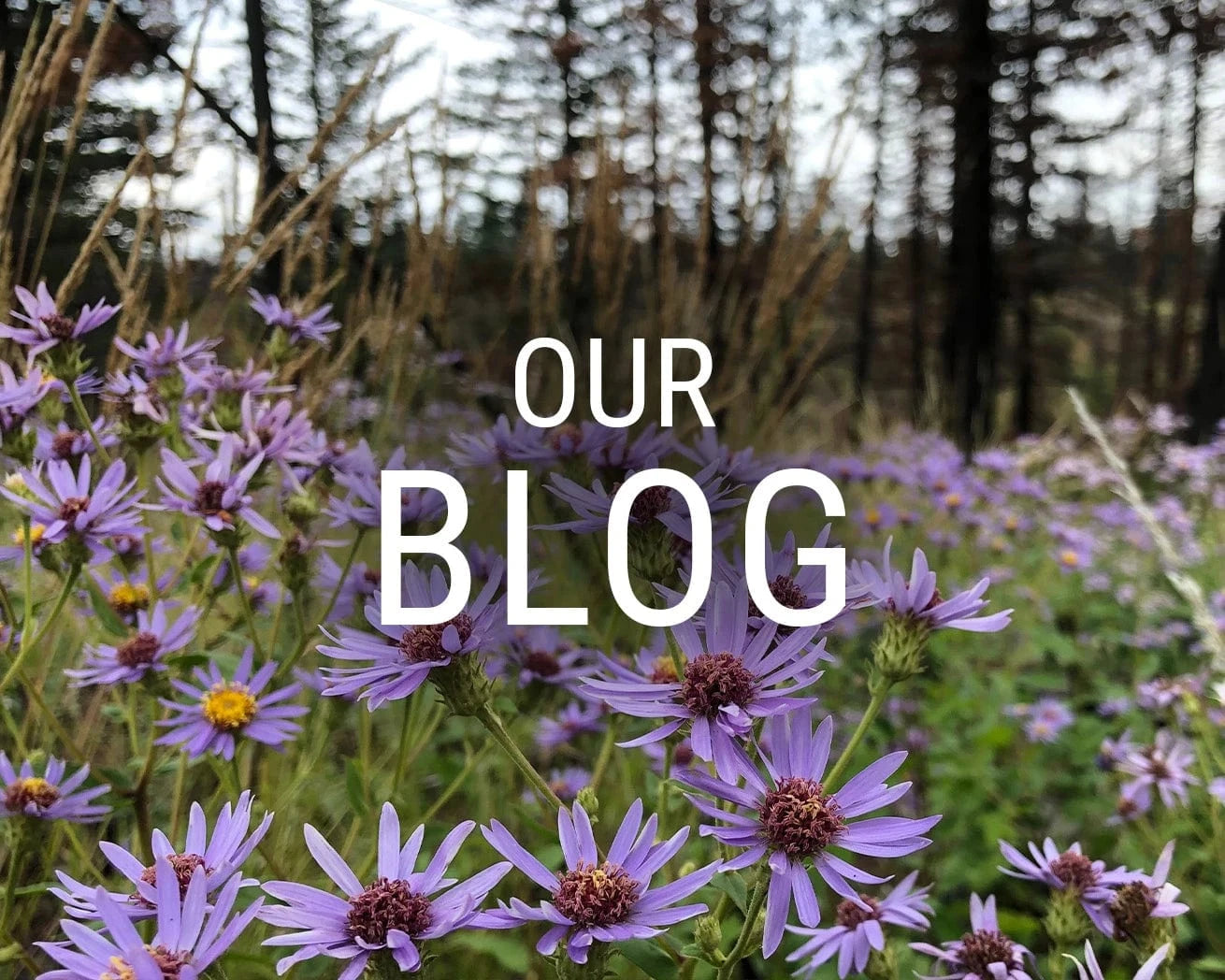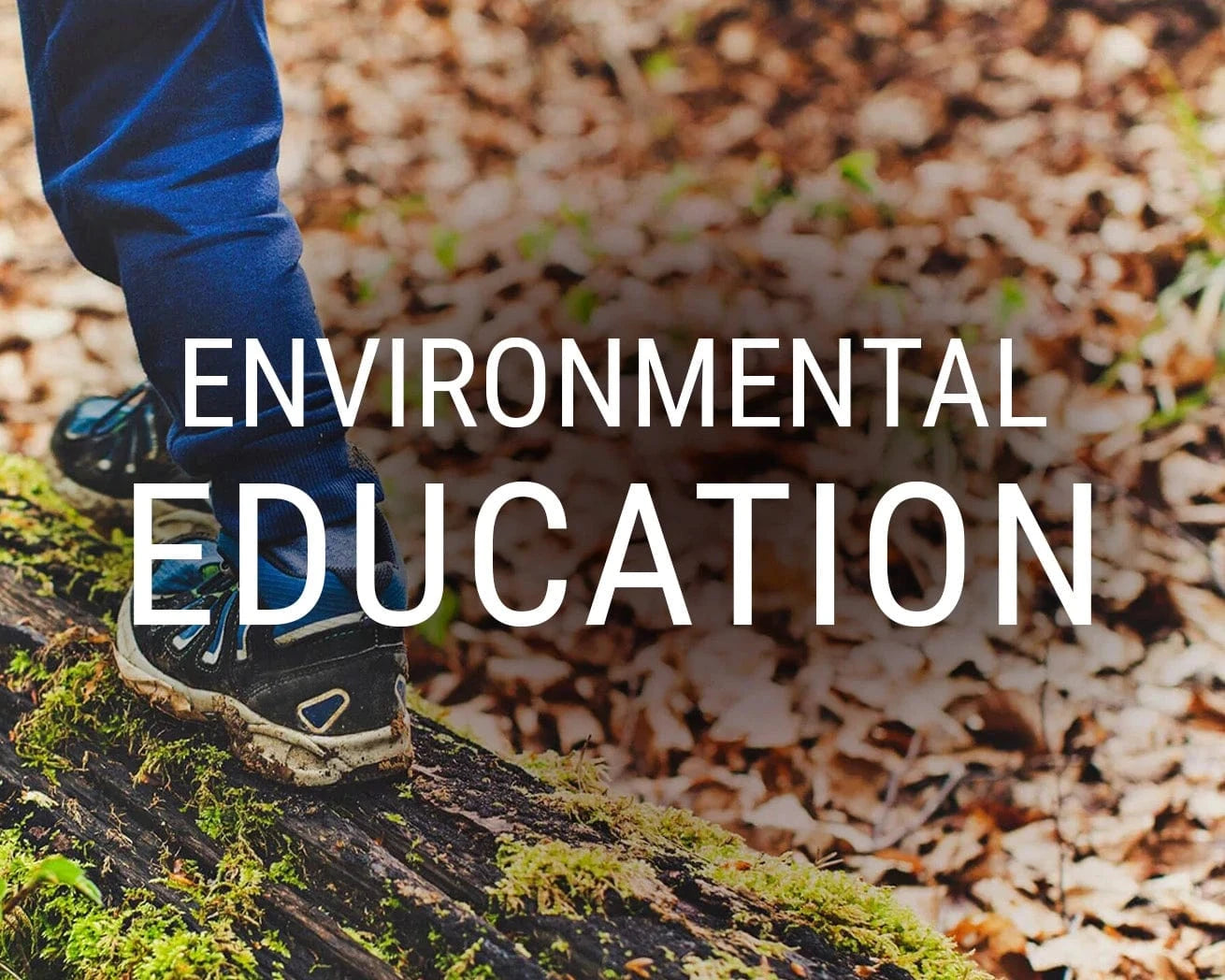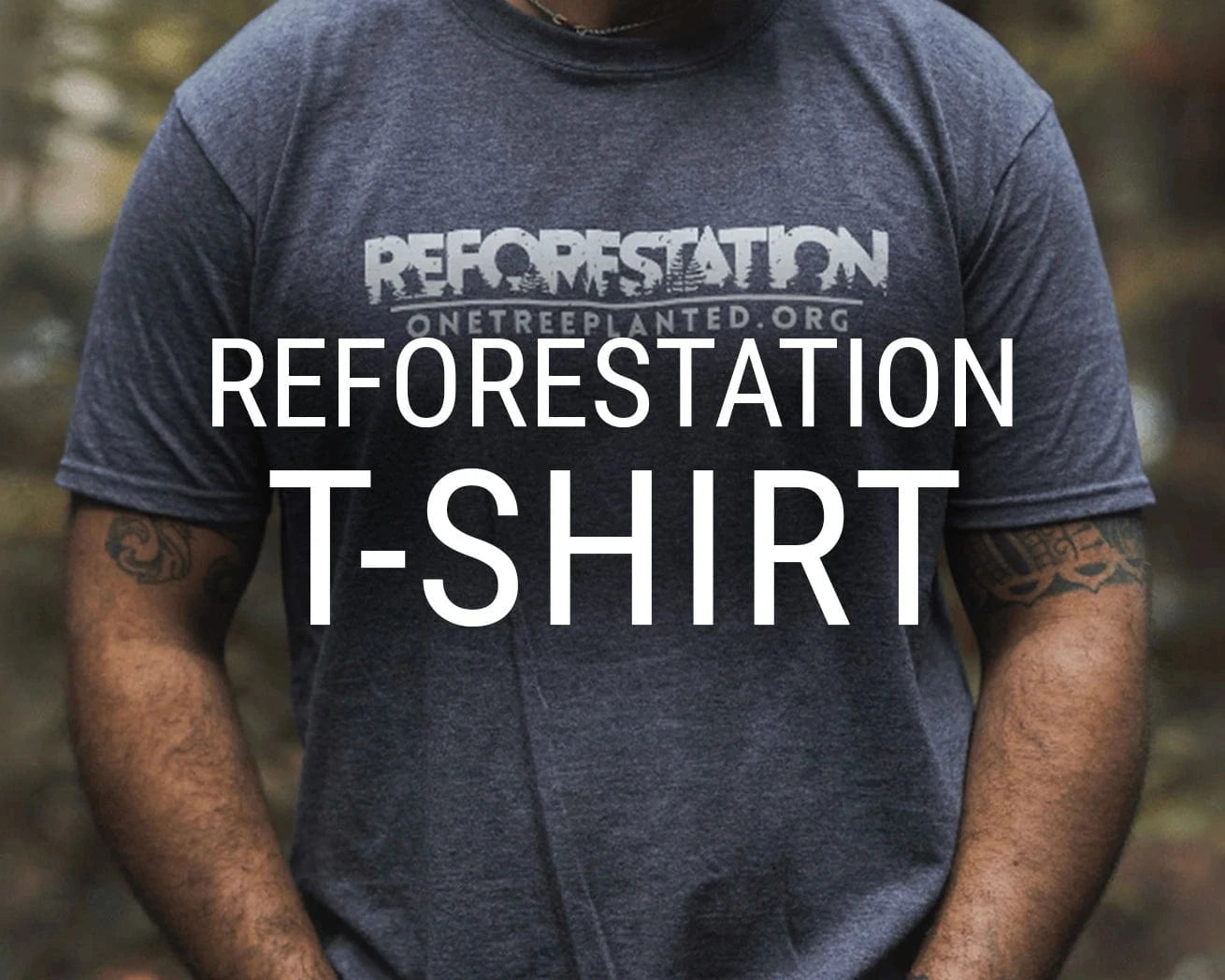Plant Trees
Plant trees for impact and help restore ecosystems around the world! Plant a Tree!

Plant trees for impact and help restore ecosystems around the world! Plant a Tree!
About
Stay up to date on major announcements, exciting collaborations, and more. Visit our Newsroom
We make it simple for anyone to plant trees, and together we can make an incredible impact. Learn more

Stay up to date on major announcements, exciting collaborations, and more. Visit our Newsroom

We make it simple for anyone to plant trees, and together we can make an incredible impact. Learn more
Get Involved
Become a business partner to improve your company’s sustainability initiatives and make an impact. Learn more
See how your support and leadership can help us fund reforestation efforts across the globe. Learn more

Become a business partner to improve your company’s sustainability initiatives and make an impact. Learn more

See how your support and leadership can help us fund reforestation efforts across the globe. Learn more
Learn
Read about stories from the field, interesting facts about trees and get your healthy dose of nature. Visit our blog
Comprised of lesson plans, learning modules, resources, and activities, our T.R.E.E.S. School Program is the perfect addition to your curriculum. Learn more

Read about stories from the field, interesting facts about trees and get your healthy dose of nature. Visit our blog

Comprised of lesson plans, learning modules, resources, and activities, our T.R.E.E.S. School Program is the perfect addition to your curriculum. Learn more
Shop
Our fan-favorite Reforestation T-Shirt. Wear it with pride to show your support of reforesting our planet, one tree at a time. Shop now
Give the gift that lasts a lifetime! Choose an image, write your personalized message and select a delivery date to gift a tree. Gift a tree

Our fan-favorite Reforestation T-Shirt. Wear it with pride to show your support of reforesting our planet, one tree at a time. Shop now

Give the gift that lasts a lifetime! Choose an image, write your personalized message and select a delivery date to gift a tree. Gift a tree
Get Involved
Plant Trees
Get news, updates, & event Info delivered right to your inbox:
7 Endangered Trees with Amazing Stories
You’ve likely heard about the growing list of wildlife species that are vulnerable, threatened, or critically endangered. Some species, including the Baiji River Dolphin, Western Black Rhinoceros, and Pyrenean Ibex have even been defined as extinct in the past few decades, often due to overhunting, loss of habitat, or pollution. But while it’s true that we’re losing biodiversity among wildlife, amphibians, and insects faster than we can categorize them, there’s a parallel story unfolding among plants and trees.
There are an estimated 60,000 tree species, that we know of, around the world. And based on work being done by the Global Trees Campaign and IUCN Red List, approximately 8,000 of those, over 10% of the Earth’s total, are globally threatened with extinction. At least 77 tree species have become extinct in the past 100 years with many more no longer found in the wild. Since the latest assessment was completed in 2001, it’s very likely that these numbers will increase when the next update is released in 2020.

Biodiversity Is A Good Thing in Nature.
Why does it matter that we’re losing an increasing number of tree and animal species? It comes down to the benefits of biodiversity.
Biodiversityrefers to the presence of a variety of life species in an ecosystem, or on the planet as a whole. The more diversity of life within an ecosystem, the more sustainable and resilient the overall system will be. Different species perform different services, and in that sense contribute to the holistic balance of the whole collection of life. For example, earthworms form soil, which nourishes all plants and trees, which feed insects and small mammals, which feed larger mammals, which fertilize the soil further so the cycle continues.
If a disturbance enters a healthy and biodiverse ecosystem, let’s say harmful bacteria, then it might cause damage or mortality to one or more individual species, but the overall ecosystem will recover and carry on, eventually finding a new balance as a new species fills in the gaps in function.

How Trees Help Biodiversity
Trees play an important role in global biodiversity, not only in the unique benefits that an individual tree provides to its surrounding area – as a home, nutrient source, carbon sequester, oxygen producer, pollution absorber, cooling agent, water filtration system, etc. – but also as a meaningful anchor in an ecological niche, without which the entire system could collapse.
Trees are often less vulnerable to natural ecosystem disturbances, and hence their continued health and life also allow for many other life forms to regenerate and thrive – including the plants that we humans greatly benefit from in the form of medicine!
But with rampant deforestation and exploitation, even these pillars of biodiversity are in trouble.
Causes of Biodiversity Loss
Here are some of the causes contributing to diminishing tree biodiversity – which further exacerbates a loss of biodiversity across a variety of life types:
- Deforestation for logging or cattle
- Land use changes
- Climate Change
- Industrial farming/plantations
- Medicinal overharvesting
- Material and fuel demands from growing populations
- Pollution
A 20-year study has shown that deforestation and introduction of non-native species has led to about 12.5% of the world’s plant species to become critically rare.

While we can’t bring back trees from extinction, we know that conservation and reforestation are two critical components of maintaining healthy forests, trees, and biodiverse ecosystems around the world. When we allow nature to thrive, it benefits both people and the planet.
7 Endangered Tree Species
1. Monkey Puzzle – Araucaria araucana
This tree is native to the lower slopes of the south central Andes in Chile and Argentina. It is a conifer that looks prehistoric due to its spiny, scale-like leaves, which likely evolved to ward off hungry dinosaurs!
Many consider this tree one of the most primitive conifers alive today. The Pehuenche people of Chile consider this tree to be sacred, paying tribute to it as a source of food and spiritual wisdom. The seeds are edible, the resin is used as medicine, and the wood can be used for building material. This tree species is now vulnerable due to habitat disturbance (fire, volcanoes, logging), land-clearing for grazing, and overharvesting.
2. Magnolia – Magnolia Officinalis
Wait, what? We see Magnolia trees all the time in spring! Sorry to be the bearers of bad news, but 131 of all 245 known magnolia tree species are under threat of disappearing. One species in particular, Magnolia Officinalis, which grows in the temperate mountains and valleys of China is used so much in traditional Chinese medicine that most of its wild populations have been wiped out.
Its bark has been used since 100 A.D. for stress and anxiety, coughs and colds, and to reduce allergy symptoms. It is now near threatened due to medicinal exploitation and deforestation. The Chinese Magnolia – Magnolia Sinica – is also critically endangered among magnolia species.
3. Pacific Yew – Taxus Brevifolia
Another tree species that is near threatened due to medicinal exploitation is the Pacific Yew, which is a key ingredient in paclitaxel, a powerful cancer drug. Scientists began testing compounds from plants for potential cancer medicine in the 1960’s, and of the 15,000 plants chosen for initial testing, 5 made it to advanced testing, and only 1, the Pacific Yew, made it to pharmacies.
Before the Pacific Yew's medicinal powers were discovered, it was considered a “weed” tree because, when scattered among huge spruces and firs, it looked scrawny and insignificant. Just goes to show that you shouldn’t judge a tree by it’s bark!
4. Pau Brasil – Caesalpinia Echinata
This tree species is endangered, which means it faces a very high risk of extinction in the near future. But it does have a fascinating story. For centuries, the great music of violins, violas, and cellos has relied on wood from this majestic tree found only in Brazil. It is the only material from which a bow maker can create a top-quality stringed instrument bow, prized for its flexibility, resonance, and beauty.
Prior to the creation of synthetic dyes in the 1800’s, Europeans also imported Pau Brasil trees for a pigment in its wood that made exceptional fiery-red dye. But there is some good news here, bowmakers in Europe and North America are now at the forefront of promoting Pau Brasil conservation and reforestation.
5. Big-Leaf Mahogany – Swietenia Macrophylla
This tree is truly magnificent due to its massive buttresses, roots that support trunks up to 200 feet tall. And the name “big-leaf” comes from its immense leaves, each made up of many leaflets. Mahogany is known for its quality in the creation of fine furniture dating back to 16th century. It is often among the most expensive wood materials due to its great strength and resistance to rot. Due to weak regulations, worldwide demand, overharvesting, and poor regeneration have nearly wiped out this species. In Central America, the population of this species has declined by 70% since the 1950’s.
6. Serbian Spruce – Picea Omorika
Once covering much of Europe before the Ice Ages, the Serbian Spruce now mostly grows in Southeastern Europe, and is considered vulnerable. With its tall, slim, graceful stature, this tree species was beloved by horticulturalists as an ornamental tree. It is also hearty, able to grow well in a wide range of soils, providing a range of local ecosystem benefits.
Over many years, its growing regions narrowed dramatically. Fire, overexploitation, climate change, and competition from other desirable tree species have lead to a depletion in its population. This would be a great tree to plant in your backyard!
7. Bristlecone Pine – Pinus Longaeva
In case you’ve never heard of the most famous tree in the world, Methuselah, this is the tree species of the oldest trees on Earth. Methuselah is actually not the oldest, there is another Bristlecone Pine that is a bit older, at around 5,062 years old, but for some reason no one has named that tree yet! This species can be found in Eastern California, Nevada, and Utah, in dry mountainous areas where, for some reason, it grows on exposed, windswept, rocky spots with very little access to water. But there must be some magic to these conditions, which lead to not only long life, but amazingly gnarled and twisted branches and only a thin strip of living bark surviving each year as the outer bark gets annually swept away by wind. The trunk itself often appears twisted, as if it is a cloth being wrung out. The Bristlecone Pine is also known for the great contributions to science that it has made. With such a long life, scientists have used its tree rings to study changes in climate conditions dating back thousands of years. This tree species is now vulnerable to extinction.

With all the known ecological and medicinal benefits of trees, it really makes us wonder about the many discoveries still to be made in the natural world. And while it’s great that certain species are ascribed higher esteem than others, the big picture message is that all trees are valuable!
Looking to help protect forests and support reforestation? Considering planting a tree for biodiversity today!
Get news, updates, & event Info delivered right to your inbox:
Related Posts
15 Amazing Trees to Remind You Why Nature is Awesome
01/08/2023 by Meaghan Weeden
Good News! 7 Positive Environmental News Stories From July 2023
27/07/2023 by Gabrielle Clawson
5 Important Tree Species You Need to Know
27/07/2023 by Gabrielle Clawson
Popular On One Tree Planted
8 Amazing Bamboo Facts
18/07/2023 by Meaghan Weeden
Inspirational Quotes About Trees
11/07/2023 by Meaghan Weeden
27 Ways to Prevent Climate Change
13/06/2023 by Meaghan Weeden





